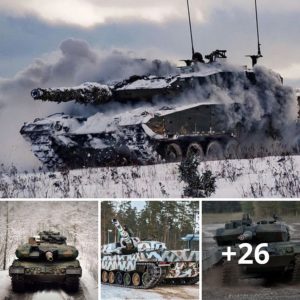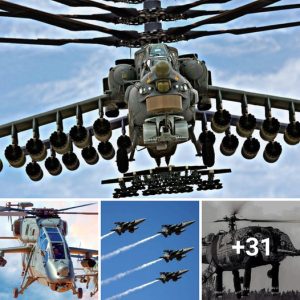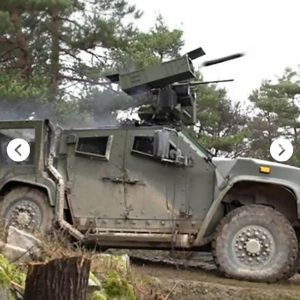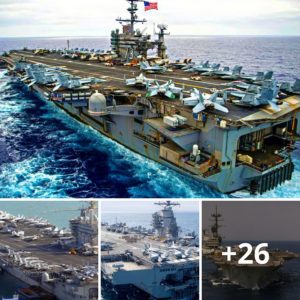It’s the Secret Plane with secrets. Read this amazing article to discover the 16 secrets of the SR71 Blackbird, the plane that could outrun a missile.

The SR71 Blackbird is, without doubt, one of the most advanced aircraft ever made, and there are many secrets of the SR71 Blackbird. Its beginnings were shrouded in so much secrecy that observers thought it to be a UFO. Such was its design that it was nearly impossible to detect with the equipment at the time. But even if it was detected, how do you defeat a plane that can outrun a missile at altitudes approaching the edge of space?
This secretive plane was one of America’s biggest assets, solely responsible for surveying huge portions of enemy territories, in secret and at unmatched timescales. But it wasn’t limited to spying, the plane helped NASA in its space ambitions as well as pioneering technology which would later be utilized but the commercial flight industry.
With all the amazing features of the SR71 Blackbird, in this article, you’ll discover the 16 biggest secrets of the SR71 Blackbird.
1. The first secret about the SR71 Blackbird was, it was a secret.
As pointed out at the start of this article, the 3 organizations tasked with bringing the plan to life; U.S. Air Force, Lockheed, and the CIA prevented ANY leaks about the plane. The CIA monitored all people involved, including their families 24/7. Even new aspects of Computer numerical control machining used in it’s manufacture were kept secret. The plane was eventually unveiled in 1964 by President Johnson.
2. Made from Titanium
When the original concept for the SR-71 Blackbird came about, there was really only one option for the airframe, and that was the little-used Titanium. The reasoning was that titanium was the only metal that could withstand the high temperatures the plane would experience at speeds exceeding 2000 miles per hour.
The second reason was the requirement for the plane to be lightweight, steel would be too heavy and aluminum not strong or heat resistant enough.
3. NASA’s Secret Weapon
NASA, the purveyors of fine spacecraft used the capabilities of the Blackbird to help in their space research programs. One of the ways they used was to fit a camera to the SR71 that helped in tracking celestial objects that were blocked by Earth’s atmosphere.
4. Never Shot Down
Throughout its entire service life, the Blackbirds were never shot down by a missile, not a single one, though many attempts were made. And this was down solely to one reason, the plane just outpaced the missile, as the pilots were able to detect the missile from afar they had advanced warning, so even if the missile matched the Blackbird’s speed, the plan had a head start.
Another extraordinary advantage was the plane’s jamming technology, it was so advanced that it could block the missile from receiving updated locations on the SR71.
5. It’s Relatively Cheap
It was relatively cheap by today’s standards – The cost of an SR-71 Blackbird was $36 million in 1966, that’s about $292 million today. To put that into perspective, the B-2 Spirit bomber costs a staggering $2 BILLION per plane.
6. First for Composite Materials
The SR-71 Blackbird was composed of some of the first composite materials ever used on an aircraft. These materials allowed the SR-71 to fly even further under the radar, making it barely visible to the radar.
The plane was so good that by the time the enemy detected the aircraft, the SR-71 was already on its way out of the enemy territory.
7. The SR71 Blackbird Expands during flight
There are many secrets of the SR71 Blackbird, and one of the strangest, or coolest is that the plane expands during high speed and high altitude flights.
Obviously, this would be catastrophic in any other plane, but this was expected and during the initial design, expansion joints were strategically placed on the plane so that the frame could expand without causing failures.
8. Records in Altitude and Speed

In 1976, the SR71 Blackbird flew at a sustained altitude of 85,069 feet with top speeds of 2,193 MPH, setting records of top speed and altitude that haven’t been beaten to this day. Just to put the speed of the SR71 into perspective, 2,193 MPH is three times the speed of sound and even a modern fighter such as the F-22 can only manage 1,500 MPH.
In addition, the SR71 also helped NASA with research on how to rebuild and protect the ozone layer, a region of the Earth’s atmosphere that absorbs the sun’s ultraviolet radiation. So it saved the environment as well!
9. Reliability Issues
One of the least known secrets about the SR71 Blackbird was that it was notoriously unreliable, in part due to its complexity. Out of the 32 produced 12 were lost to accidents, none of which were enemy related. However, as far as the U.S. Air Force was concerned the benefits far outweighed the negatives and they were happy to overlook the reliability issues.
10. Pilots had to wear Space Suits
Due to the high speeds and altitudes that the SR71 is capable of reaching, the pilots had to wear special suits when in the air. These suits were pressurized, and their helmets were similar to those of astronauts going to space.
Their helmets were connected to an oxygen supply by a hose to allow them to properly breath while at high altitudes. The pilots’ suits also protected them from the high heat the SR71 generated at the top of its speed range.
11. Things were HOT!
Any plane flying at such high speeds is prone to very high temperatures. Moving at its top speed, most of the plane reached 500 degrees Fahrenheit. The engine housing reached a staggering 1,000 degrees Fahrenheit.
12. Most of the fuel was put in AFTER Takeoff
As previously mentioned, the plan was notoriously unreliable. A few of the planes have tire failure due to the 80,000 Pounds of fuel onboard. After these accidents, a decision was made to cut the takeoff fuel to 40,000 Pounds and then refuel in the air before the start of a mission.
13. Secrets of the best Camera
Another little known secret about the SR71 Blackbird was that it had one of the most advanced cameras onboard. This astonishing camera, in combination with the high altitude capabilities of the plane, allowed the camera to take photos that were 72 miles wide.
14. The SR71 Blackbird Required Special Tires
Many of the initial failures were due to tire malfunctions. This forced Lockheed to work in secret to create custom-made tires just for the Blackbird. This new tire was designed to support the immense weight of the plane and to withstand the high temperatures generated in landing.
15. No Defense Capabilities
At first thought, one would think that a plane designed for the U.S. Air Force and the CIA would have the best Offensive and Defensive capabilities. But it has to be remembered that the SR71 was a spy plane, it didn’t need offensive capabilities and its stealth, ability to outrun missiles, and high altitude capabilities were defense enough.





